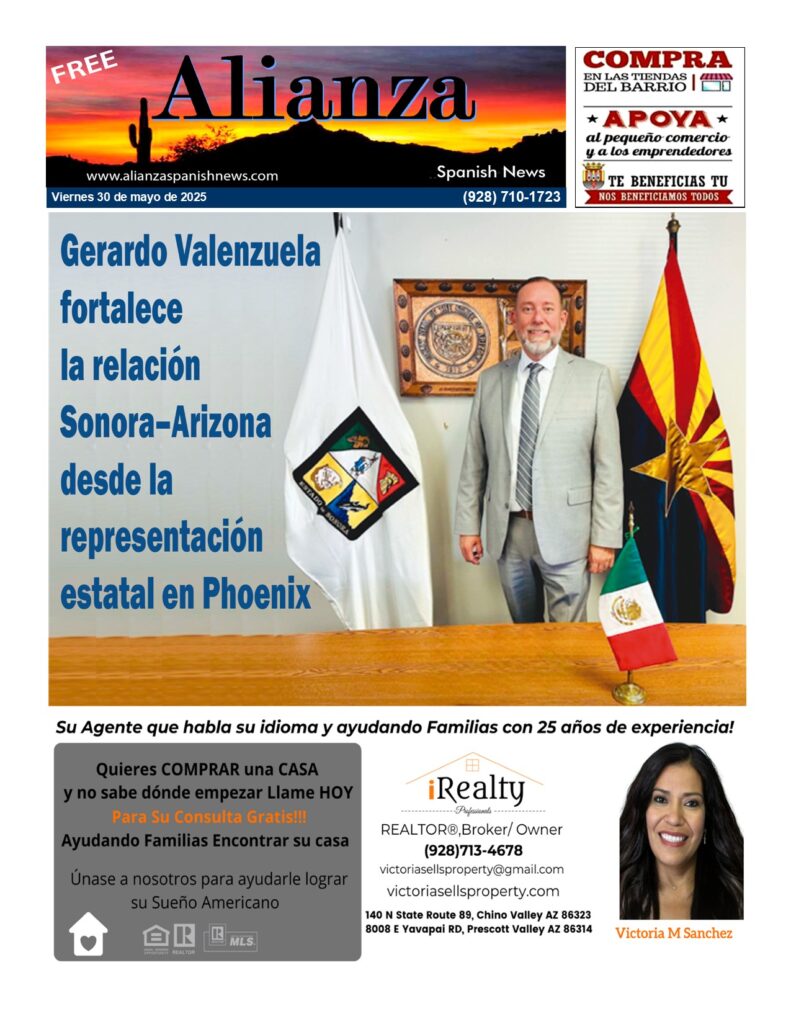Mine Project on Senator Hwy Causes Controversy in Prescott

The Senator Mine Project is turning into a bit of a tempest. Yavapai County has organized an informational meeting about it at the Yavapai College Performing Arts Center at 5:30 pm on Thursday, April 18. It will be a chance to hear and be heard.
The first thing to understand is what is the Senator mine. The Senator mine is an orogenic – type gold deposit. Mineral deposits are formed by mineral-carrying fluids flowing through a plumbing system of zones of weakness in the earth’s crust. Orogenic deposits formed early in the Earth’s history and the nature of their formation created very long quartz vein systems which can be measured in miles following the fairly linear trends of the zones of weakness.

Gold, of course, is what brought people here in the first place. In the beginning all land by default was government land. The political tradition of the United States was to move lands to private ownership where possible and mechanisms were set up to accomplish that: patenting a mining claim for mineralization, homesteading for agriculture land and plating a town. The result is what you see when you look at a Bradshaw Mountains land map: linear trends of private lands that were once mining claims located over veins cutting through the lands that nobody wanted which by default are now Forest Service lands. Once private land, owners could do what they wanted. Beginning decades ago, owners began developing their now private lots for real estate and building homes, creating the built-in tension of homeowners building on lands originally privatized for mining and which may still have some mineral potential.
One of the early mines was the Senator mine. Current maps are confusing because they show two Senator mines. Actually, the southwestern most is the original Senator shaft about 835 feet deep. A drift or tunnel was driven from it northeast to the Cash mine and then northwest to surface at the Senator mine tunnel. An orogenic quartz vein has value where it has been re-fractured and healed with later mineralization. Only one mineable zone was found in the vein swarm with a production length of 250 feet and a width of 18 inches. In addition to gold, minor lead, zinc and copper were also found. There, of course, could be other economic zones laterally or vertically up or down along the plane of the veins.
Gold Paradise Peak, Inc. (GPP) is a Nevada corporation. It has had an Arizona subsidiary of the same name since 2018. The company is in good standing in both states. Listed officers all have Chinese names. Designated as a foreign corporation in Arizona only means the headquarters are in another state – in this case Nevada. GPP has bought title to three tracts of land along the Senator vein system. Senator Highway broadly runs down the center of their tract.
That has energized local opposition. A social media post notified local residents that a strip mine owned by an affiliate of the Chinese Government has begun operations to ultimately strip 800 acres down to a depth of 900 feet. It stated 200 tons per day will be mined daily and trucked down Senator Highway to Los Angeles for shipment to China. The post had a list of dangers from bald eagles (they hang out at local lakes like Goldwater miles away where the food is), uranium (not listed in reviewed articles) to the mine being a Superfund site (the Iron King mine/Humboldt smelter is the nearest). By the time Alianza reviewed the post, many of the links to documents/photos / videos like “Mine Development Plan,” “Exploration Work” and contaminated water coming out of their kitchen faucets did not work. Water contamination draining from the long Senator tunnel has long been recognized and the AZ Dept. of Environmental Quality, not the EPA, is the lead agency. The post complained that residents are actively suffering daily from truck traffic, noise, light, dust, water and chemical contamination.
Mining is a capital-intensive business. History has shown repeatedly that the results of rushing ill-studied deposits into production almost always are fiscally ugly. Leading up to start-up, you need to know what you have. Depending on variability, you might need assays from a grid of one mine tunnel or drill hole every 50 – 100 feet in all dimensions. You need rock strength / fracture data from core holes. You need metallurgical testing to know you can recover the metal. The metallurgical sample material can be either mined or come from large diameter drill holes. All of that drilling can be done either from underground tunnels through or parallel to the veins or from many surface drill pads. You need to have completed environmental and sociological studies. You need to work through a series of increasingly detailed economic studies beginning with arm waving scoping studies through pre-feasibility studies to feasibility studies where you have your costs to within 15-20% of what they will be.
Alianza visited the site April 6 to check all the pollution residents were suffering from and the disturbance on the ground. Once beyond Groom Creek, we passed one local and one Forest Service pickup. The turnoff to the Senator tunnel was cleaned up and a new gate installed. The property looked like early in any mineral exploration project. We saw no evidence of the large amount of work needed to prove a mineral reserve nor the earthwork needed to be open pit mining the mountain.
Contact the author of this article.
Email: billfeyerabend@yahoo.com





